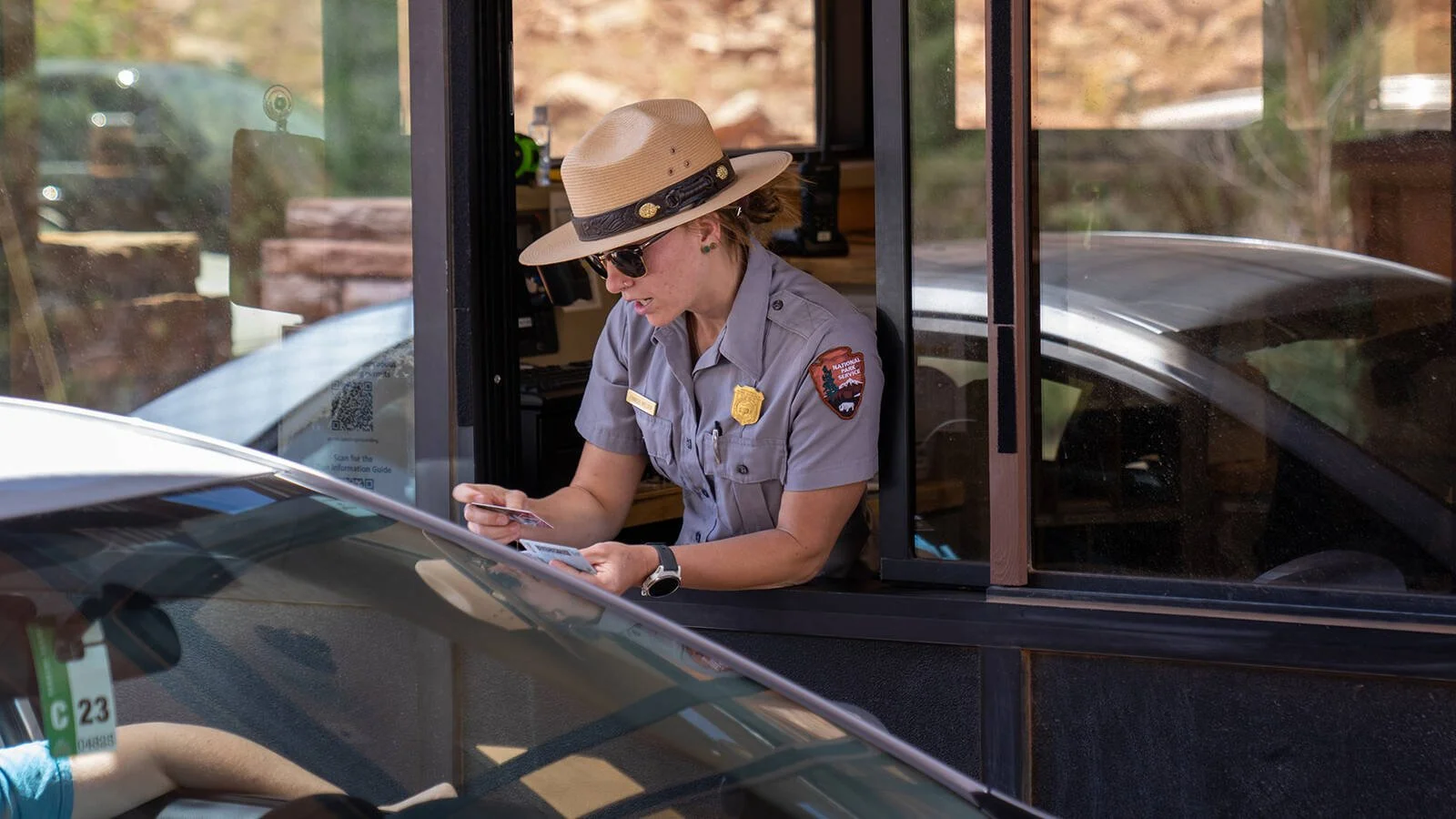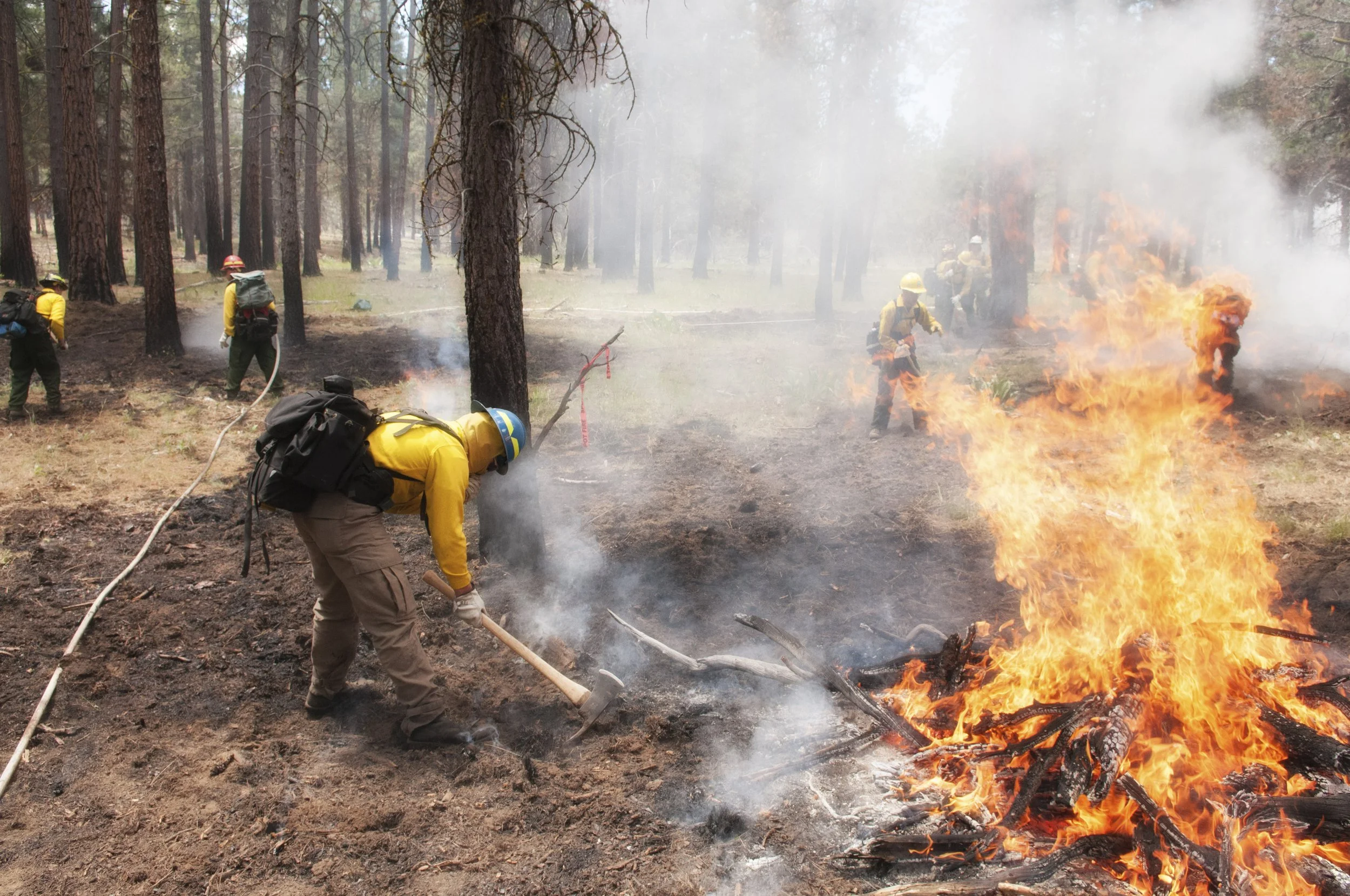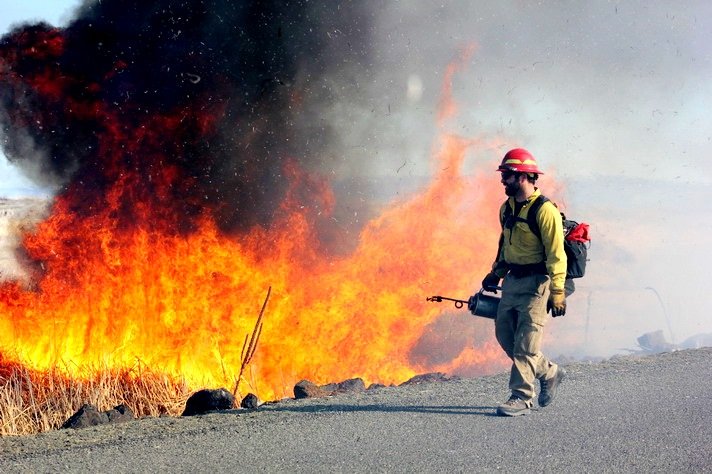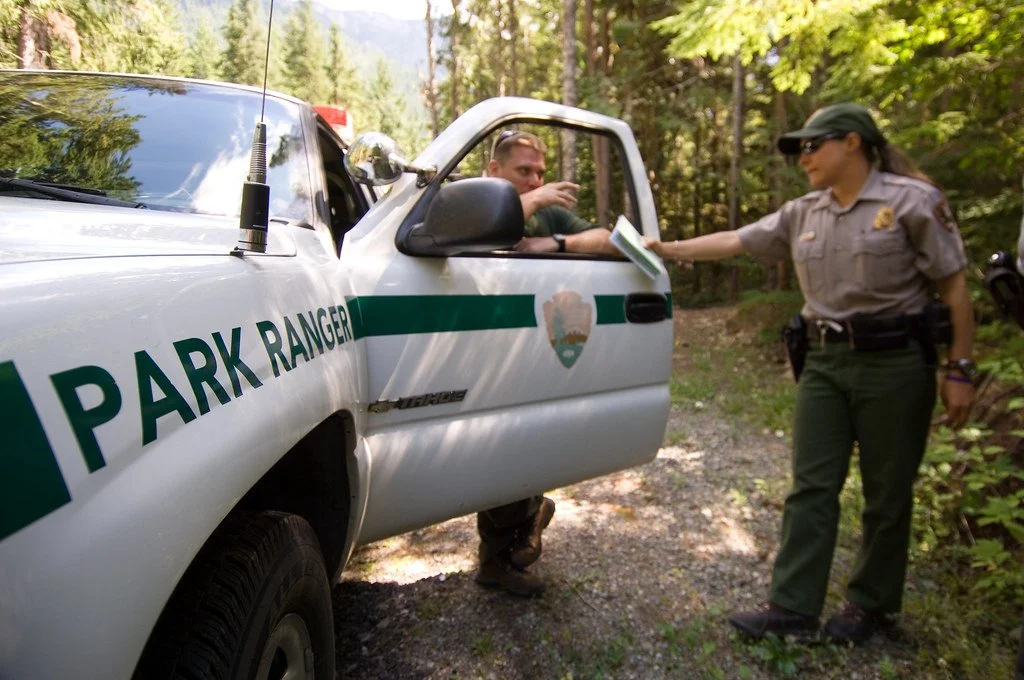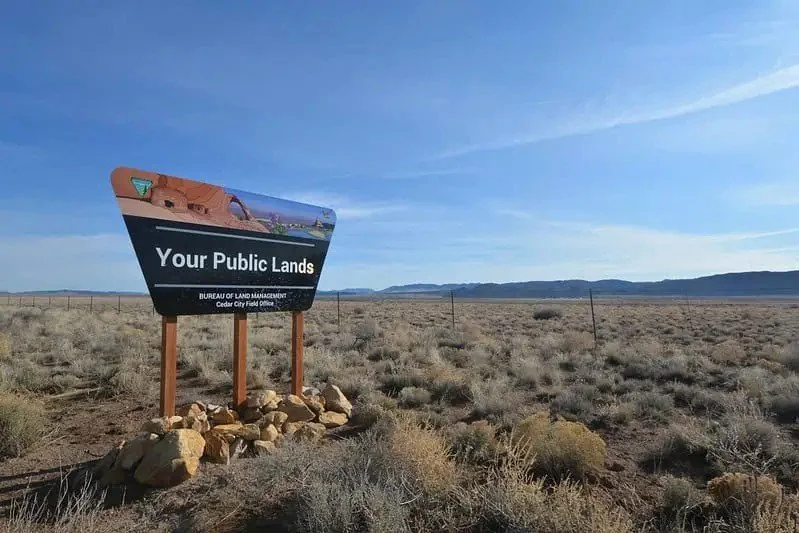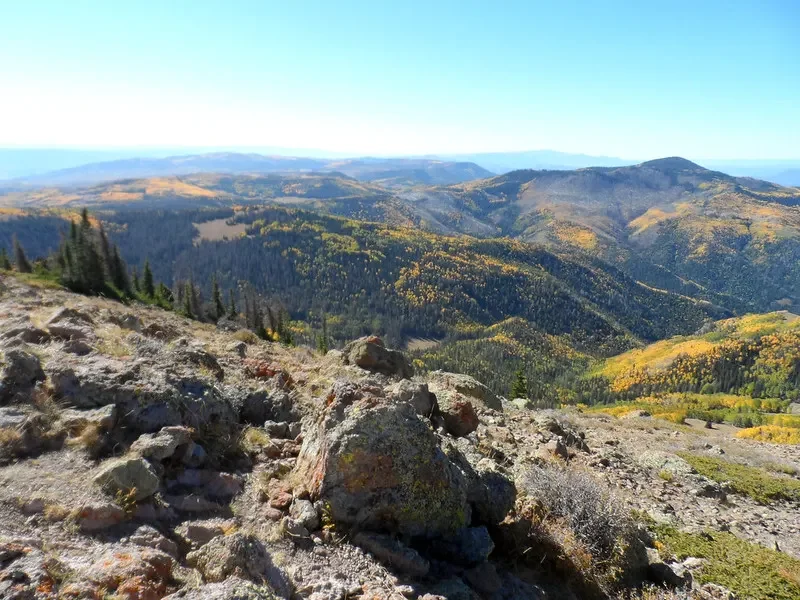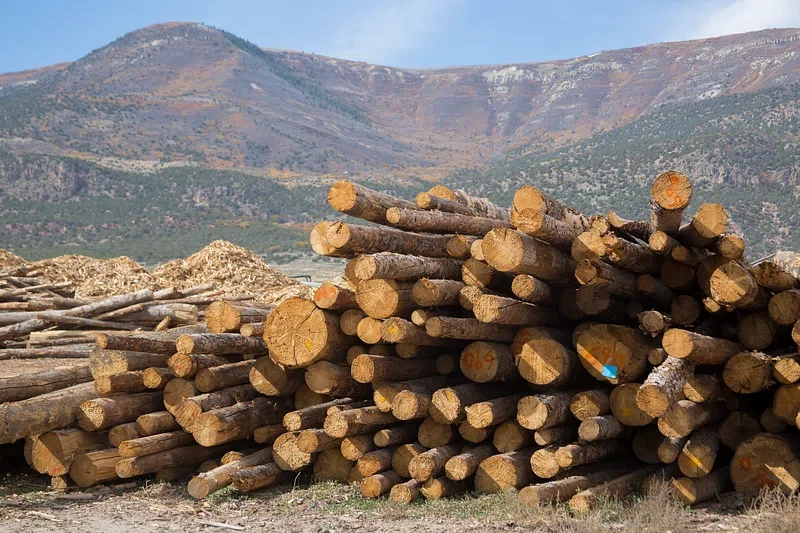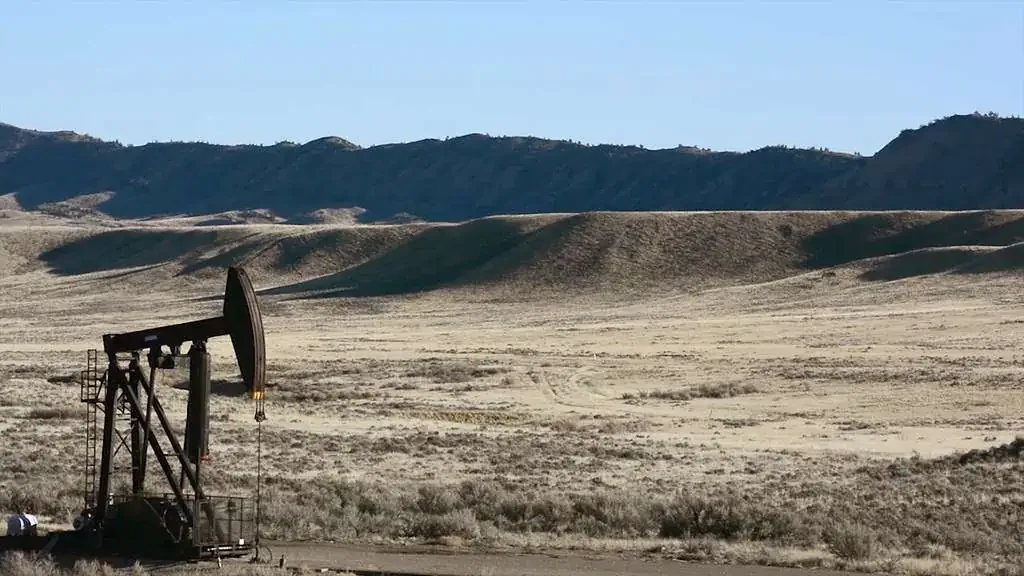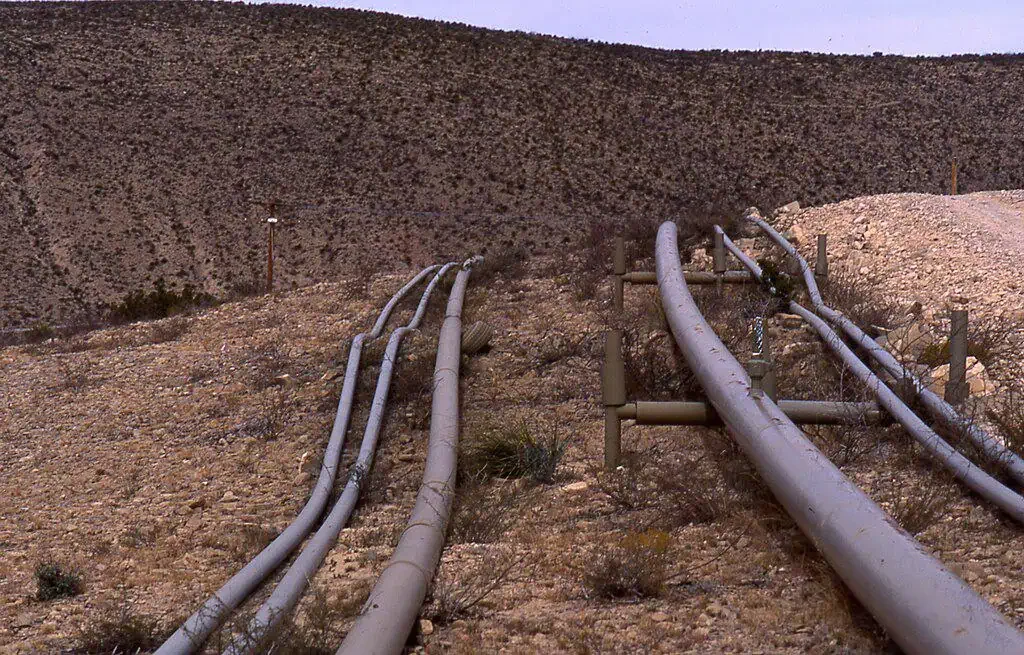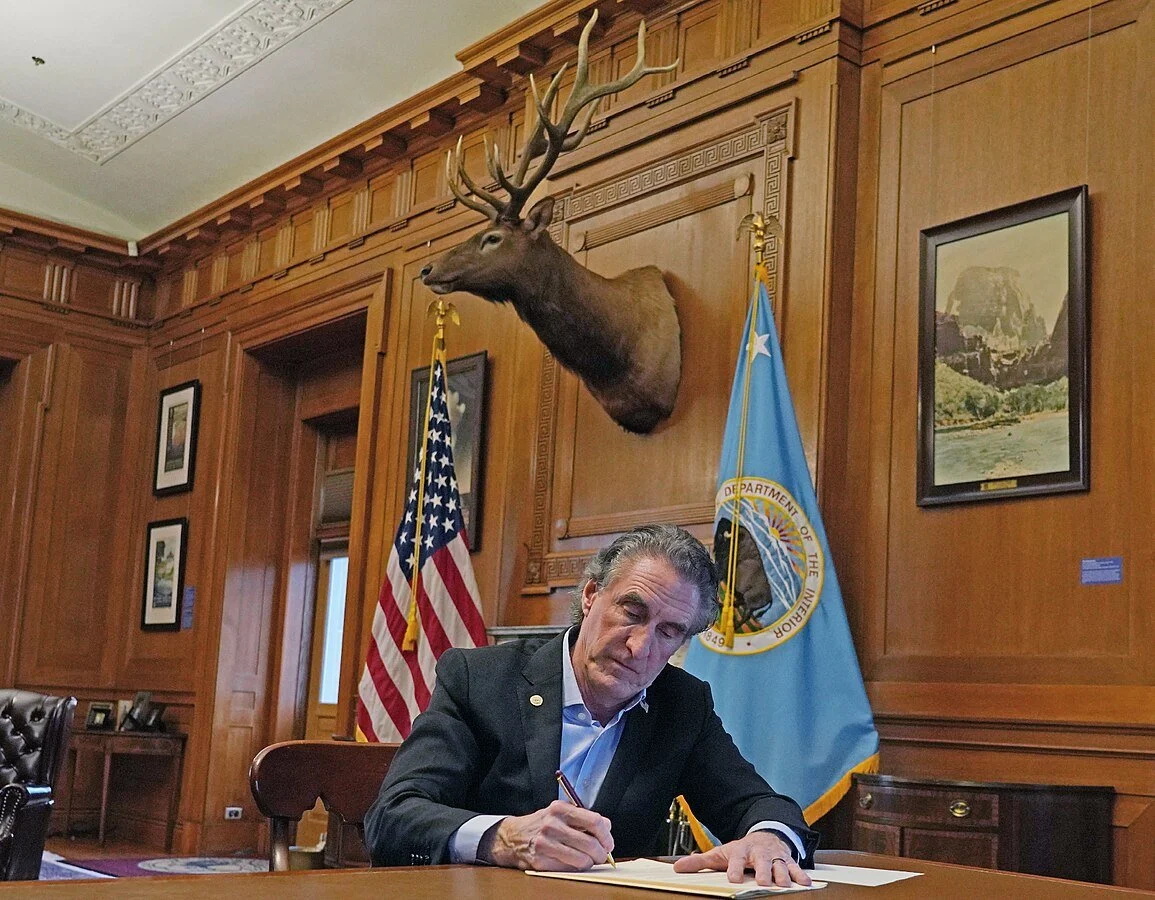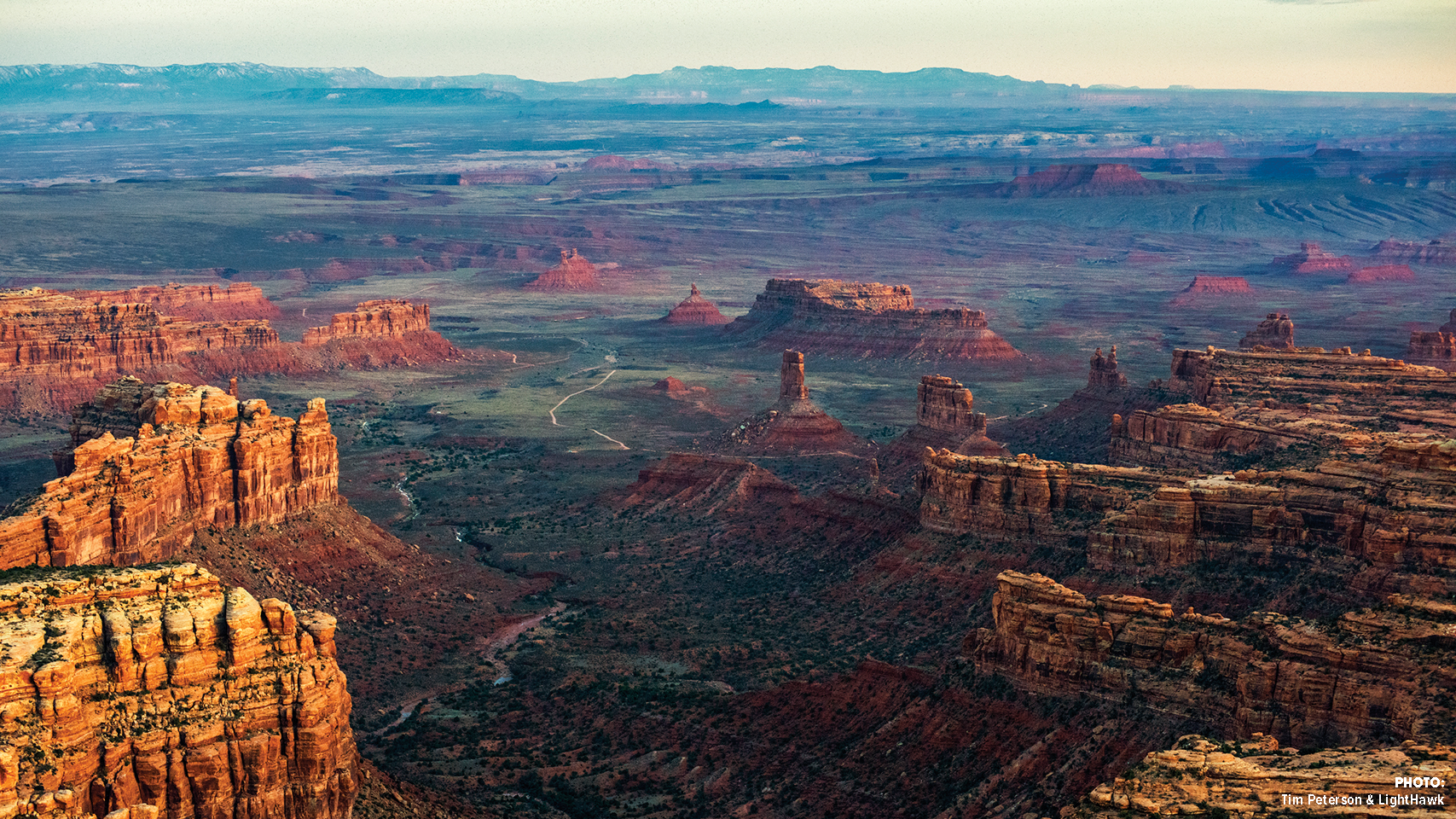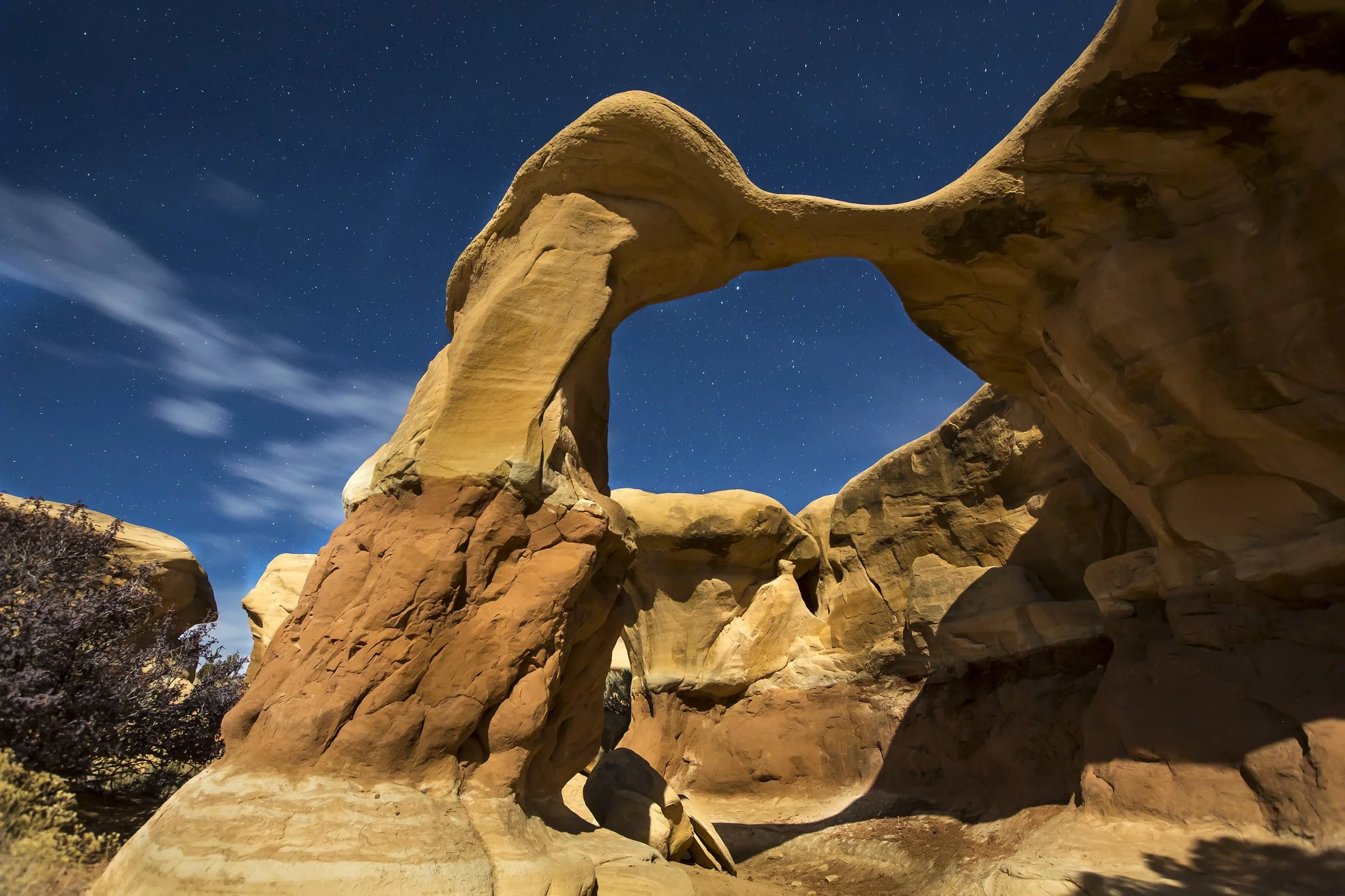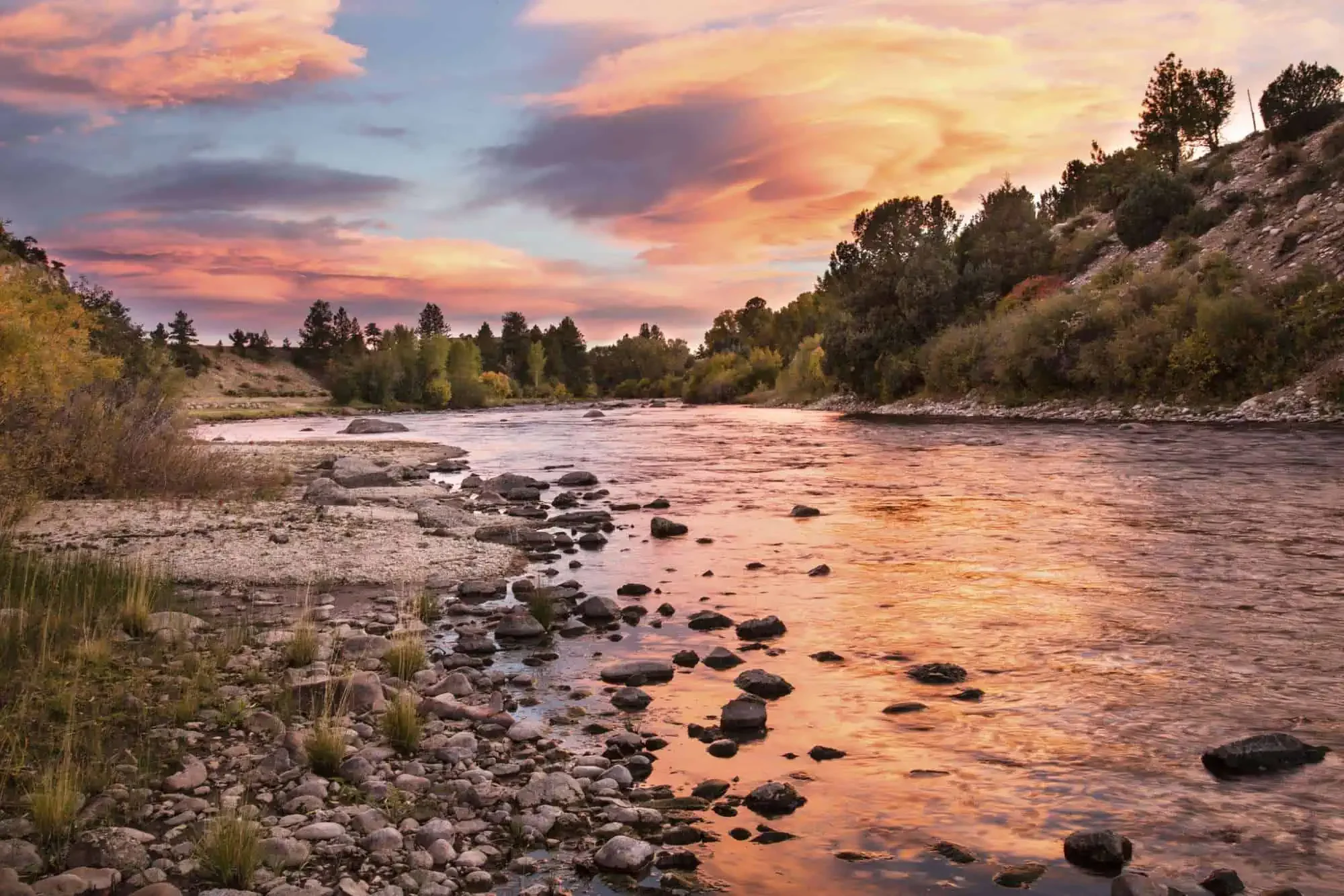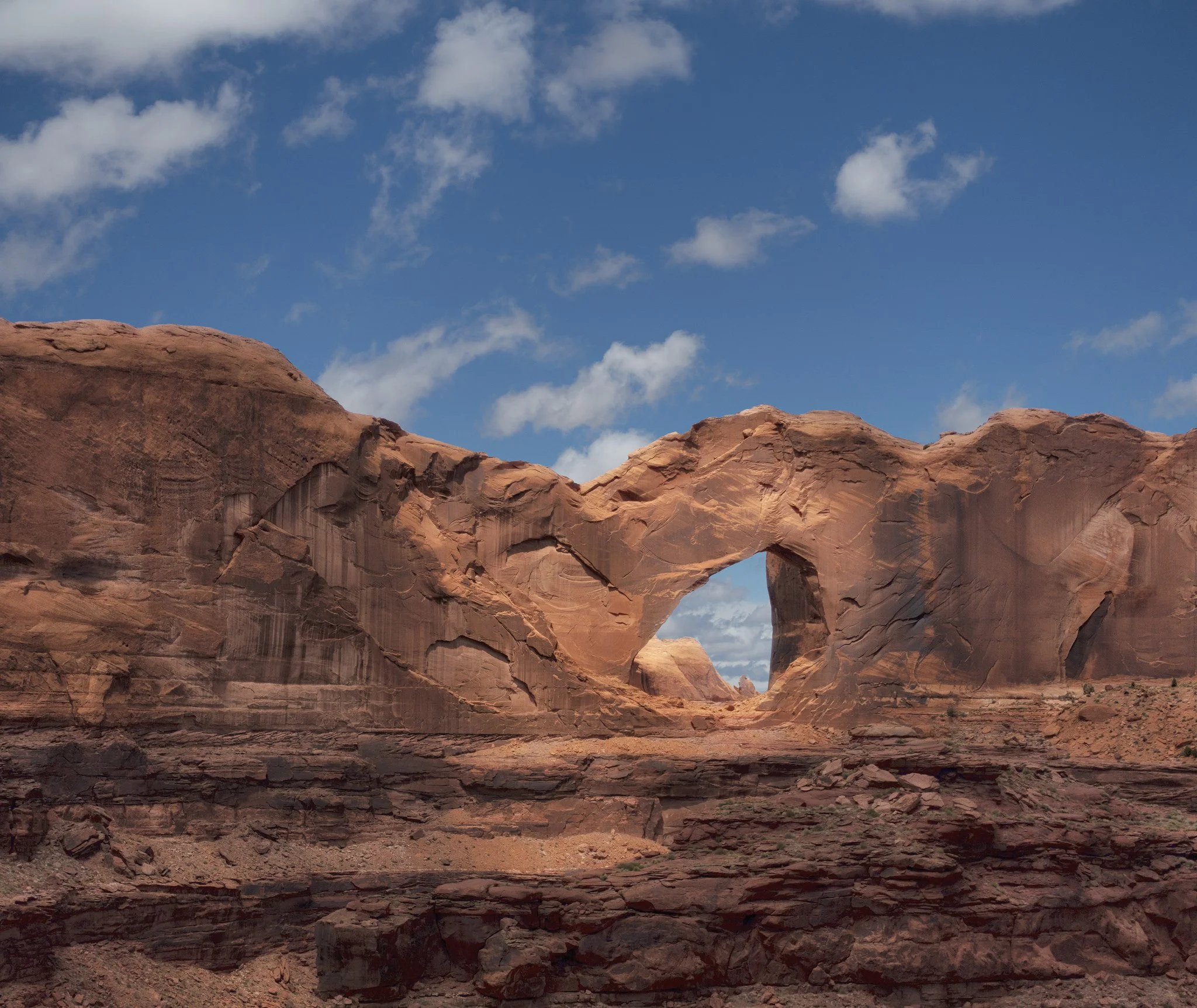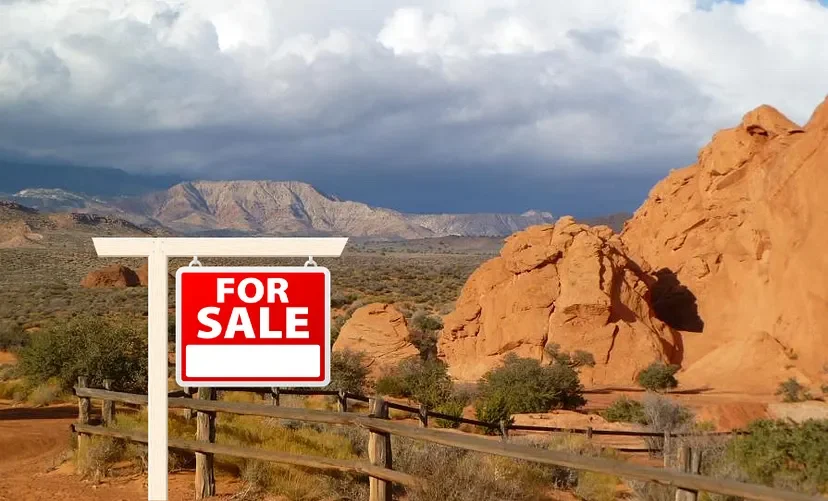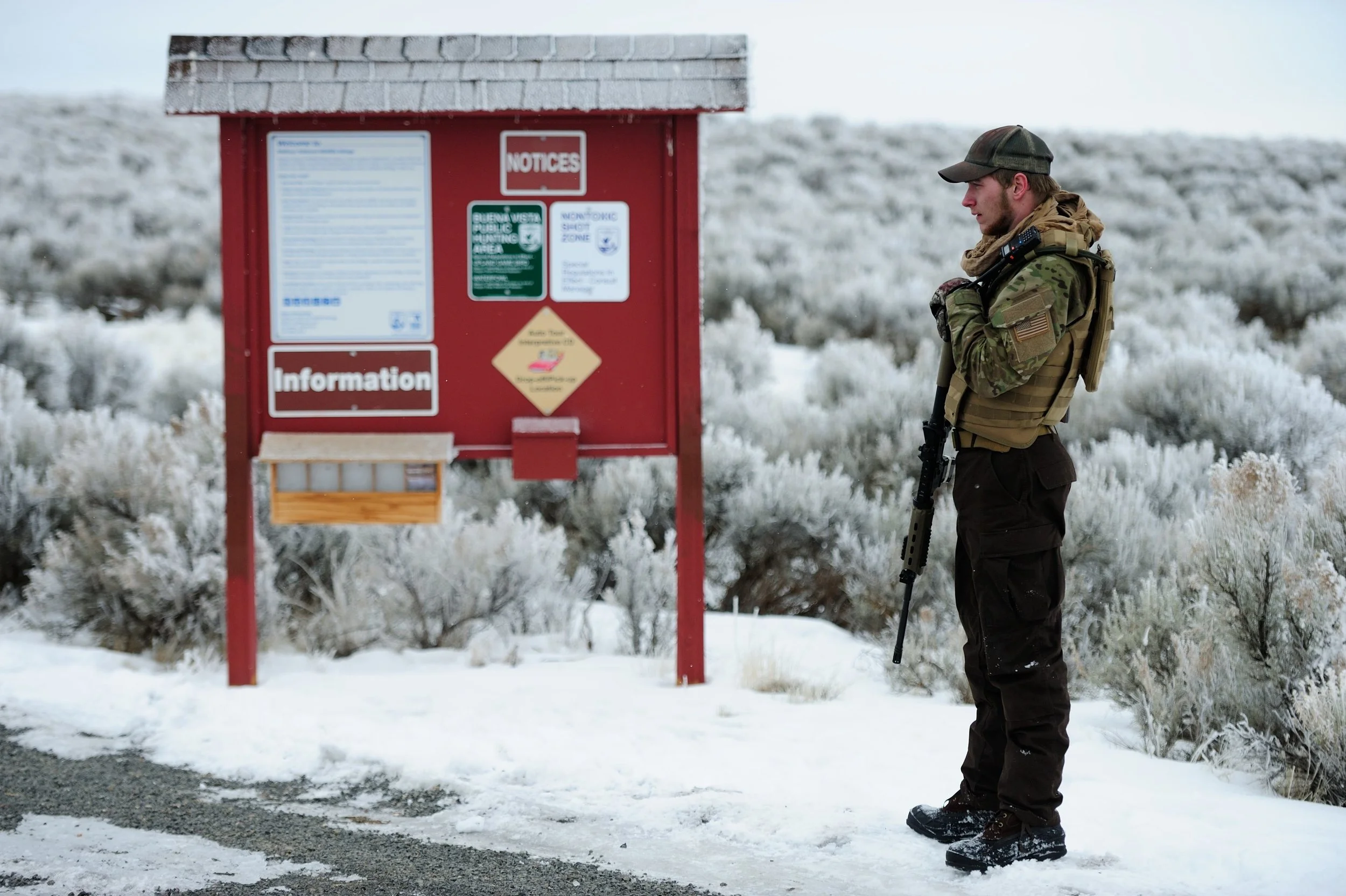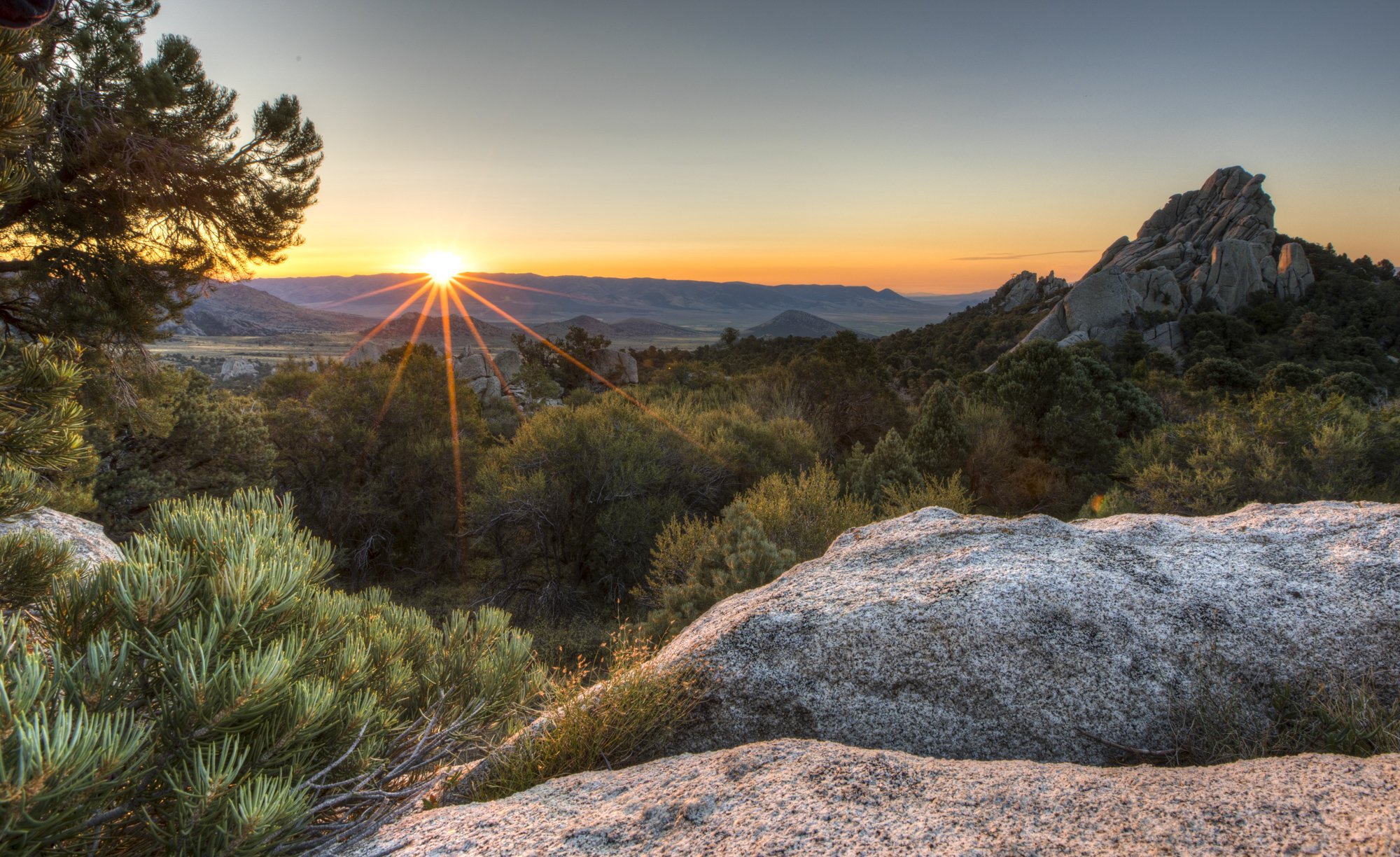
what are the threats to public lands?
Slashing funding and staffing at our national parks and public lands
America’s parks are in crisis. The Trump administration, led by Elon Musk’s DOGE and assisted by Congress, has slashed funding for the agencies that manage national parks and public lands. These cuts include mass firings of park rangers, certified wildland firefighters, scientists, and other civil servants who care for our outdoor spaces while living and working in communities across the West.
Faced with massive backlash from members of Congress and the public, Interior Secretary Doug Burgum promised that the most popular national parks won’t see any reductions in staffing or visitor services. While visitors to these parks may not see impacts on the surface this summer, this is because parks have shifted staffing and resources to visitor services to maintain the appearance of full funding and staffing, while behind-the-scenes work to protect the parks and their resources is left undone.
At smaller national park units that had fewer staff to begin with, the absence of rangers and other employees will be more noticeable. On other national public lands, including forests, recreation areas, and national monuments, Americans will lose access to the outdoors as there are no longer enough staff to maintain campgrounds, trails, and other facilities.
An analysis by the National Parks Conservation Association found that since the beginning of the second Trump administration, 24 percent of National Park Service permanent staff have left or been fired. Of 8,000 seasonal positions the administration promised to fill, only 4,500 had been filled as of July 3, well into the summer travel season.
In addition to the impacts on national parks and public lands, these funding cuts and firings impact surrounding communities. National parks, national monuments, and other public lands drive economic spending from visitors and locals alike. In 2023, the most recent data available, visitors to national park sites spent an estimated $26.4 billion in gateway communities, supporting 415,000 jobs.
Maintaining the facade of a good visitor experience at the largest national parks is not enough. The National Park Service and other land management agencies must be fully funded and staffed so that they can fulfill the entirety of their missions, which include stewarding our public lands and natural resources so that they will be intact for future generations.
Reckless forest management at the riskiest time
As the impacts of climate change intensify, catastrophic wildfires have become a significant and growing threat across the West. “Fire season” used to be a few months out of the year; now, fire season is year-round. Yet President Donald Trump, Interior Secretary Doug Burgum, and Agriculture Secretary Brooke Rollins have recklessly slashed funding, failed to hire enough firefighters, fired qualified firefighting support staff, and implemented policies that prioritize logging for profit over community protection, forest health, wildlife habitat, and recreation.
As part of a government-wide firing spree led by Elon Musk’s DOGE and assisted by Congress, the Trump administration has fired or offered early resignation to other staff whose primary roles were not as firefighters, but who held “red cards” indicating their qualifications to participate in firefighting if needed. When the Trump administration realized belatedly just how badly it needed these red-carded staff and their institutional knowledge and expertise, it tried to get them to come back for the summer peak fire season, with limited success. Meanwhile, as of July 17, more than 4,500 firefighting were vacant despite promises that they would be filled. The result has been chaos at the worst possible time as major wildfires erupt across the West.
Meanwhile, the Trump administration has also introduced policies intended to prioritize timber production on national forests and other public lands. In March 2025, President Trump signed an executive order demanding increases in both the amount and pace of timber production on national public lands. Congress followed up by including increased timber production requirements in the budget bill passed in July.
Thoughtfully-planned and sustainable timber production has long played a role in many local economies in the West. However, reckless pursuit of arbitrary and unsustainable production targets is short-sighted and will cause lasting harm to communities, wildlife, and our national public lands. Forest management should be based on the latest science on forest health and wildfire, and should balance the many uses our national forests offer today’s communities and future generations.
Prioritizing destructive development: Oil, gas, and mining on national public lands
America’s parks are in crisis. The Trump administration, led by Elon Musk’s DOGE and assisted by Congress, has slashed funding for the agencies that manage national parks and public lands. These cuts include mass firings of park rangers, certified wildland firefighters, scientists, and other civil servants who care for our outdoor spaces while living and working in communities across the West.
Faced with massive backlash from members of Congress and the public, Interior Secretary Doug Burgum promised that the most popular national parks won’t see any reductions in staffing or visitor services. While visitors to these parks may not see impacts on the surface this summer, this is because parks have shifted staffing and resources to visitor services to maintain the appearance of full funding and staffing, while behind-the-scenes work to protect the parks and their resources is left undone.
At smaller national park units that had fewer staff to begin with, the absence of rangers and other employees will be more noticeable. On other national public lands, including forests, recreation areas, and national monuments, Americans will lose access to the outdoors as there are no longer enough staff to maintain campgrounds, trails, and other facilities.
An analysis by the National Parks Conservation Association found that since the beginning of the second Trump administration, 24 percent of National Park Service permanent staff have left or been fired. Of 8,000 seasonal positions the administration promised to fill, only 4,500 had been filled as of July 3, well into the summer travel season.
In addition to the impacts on national parks and public lands, these funding cuts and firings impact surrounding communities. National parks, national monuments, and other public lands drive economic spending from visitors and locals alike. In 2023, the most recent data available, visitors to national park sites spent an estimated $26.4 billion in gateway communities, supporting 415,000 jobs.
Maintaining the facade of a good visitor experience at the largest national parks is not enough. The National Park Service and other land management agencies must be fully funded and staffed so that they can fulfill the entirety of their missions, which include stewarding our public lands and natural resources so that they will be intact for future generations.
Rolling back protections for national monuments
National monument designations protect some of the West’s most unique and valuable cultural and scientific sites from drilling, mining, and logging. Polling consistently shows that Westerners support these protections and want to see more national monuments designated to protect unique and at-risk public lands. Proposals to remove protections from national monuments across the Western United States to allow drilling, mining, and other development are deeply unpopular. Yet this is exactly what the Trump administration wants to do.
During the first Trump administration, then-Interior Secretary Ryan Zinke ordered a review of all national monuments in an effort to lay the groundwork to shrink or eliminate them. Legal experts agree that while presidents have the authority to create national monuments, they do not have the authority to undo them. But President Donald Trump still attempted to shrink Bears Ears National Monument so that private mining companies could stake claims within its boundaries. President Joe Biden later restored the original monument boundaries.
The second Trump administration is picking up where it left off in its effort to shrink or eliminate national monuments. In February, Interior Secretary Doug Burgum kicked off another review of national monuments for possible “revision.” A number of national monuments are reportedly being considered as targets for reduction to allow for more energy development or to settle political scores. And in June, lawyers for President Trump's administration released a memo claiming the president has the authority to abolish national monuments, including two in California created by his predecessor at the request of Native American Tribes.
This memo is an attack on the very concept of national monuments and undercuts the very principles of the Antiquities Act. Passed in 1906, the Antiquities Act grants presidents the authority to designate national monuments. Since then, all but three presidents have used this authority to protect important and irreplaceable sites and resources for current and future generations to enjoy and learn from. In several cases, Congress later followed up to designate a national monument as a national park; examples include Grand Canyon, Grand Teton, Bryce, and Zion national parks, which all started as national monuments.
Presidential authority to protect national monuments is especially important in the face of persistent congressional gridlock. The Antiquities Act was designed to enable presidents to protect cultural, scientific, and other important sites from harm, rather than leave sites vulnerable to irreparable damage while a bill languishes in Congress.
Selling off our national public lands
The Trump administration and its allies in Congress have made it clear that they want to sell off our national public lands any way they can. Anti-public lands extremists have been pushing this idea for decades, despite its deep unpopularity with voters.
In the most recent push to sell off national public lands in the West, U.S. Senator Mike Lee of Utah is trying to blame national public lands for the housing affordability crisis in the West. Lee’s proposed HOUSES Act would facilitate the sale of national public lands while doing nothing to actually address housing affordability. Lee also pushed to have land sell-off included during this year’s budget negotiations across millions of acres of Forest Service and Bureau of Land Management land in the Western United States.
Thanks to an onslaught of bipartisan opposition from members of Congress and voters across the West, Lee eventually dropped this effort, and public land sell-off was not included in the reconciliation bill that passed in July. But Lee has said he isn’t giving up.
Meanwhile, the Trump administration has launched its own effort to sell off national public lands. In February, President Donald Trump ordered the development of a plan to create a sovereign wealth fund. The United States famously does not have a budget surplus that could provide the money for such a fund and would have few options other than selling public lands to establish a fund.
The Trump administration also launched a joint initiative between the Interior and the Housing and Urban Development (HUD) departments to identify national public lands that could be sold or transferred for the purpose of housing development. So far, the initiative has not released any progress reports on its efforts, leaving the public in the dark about the departments’ plans.
The Theodore Roosevelt Conservation Partnership and onX recently released a mapping tool showing the Bureau of Land Management lands that could be transferred or sold if land sell-off proponents get their way.

